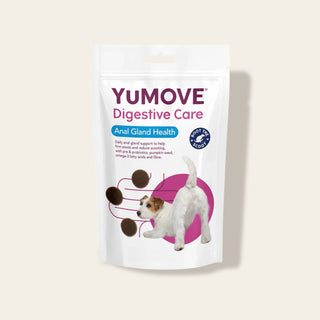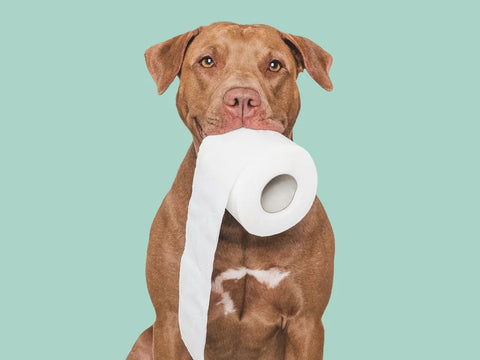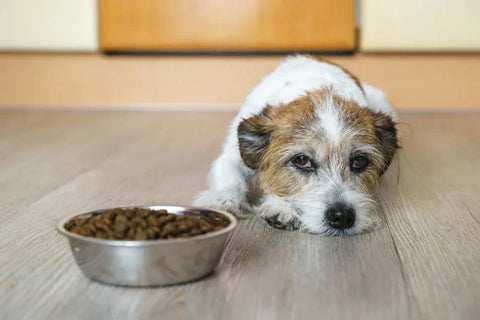
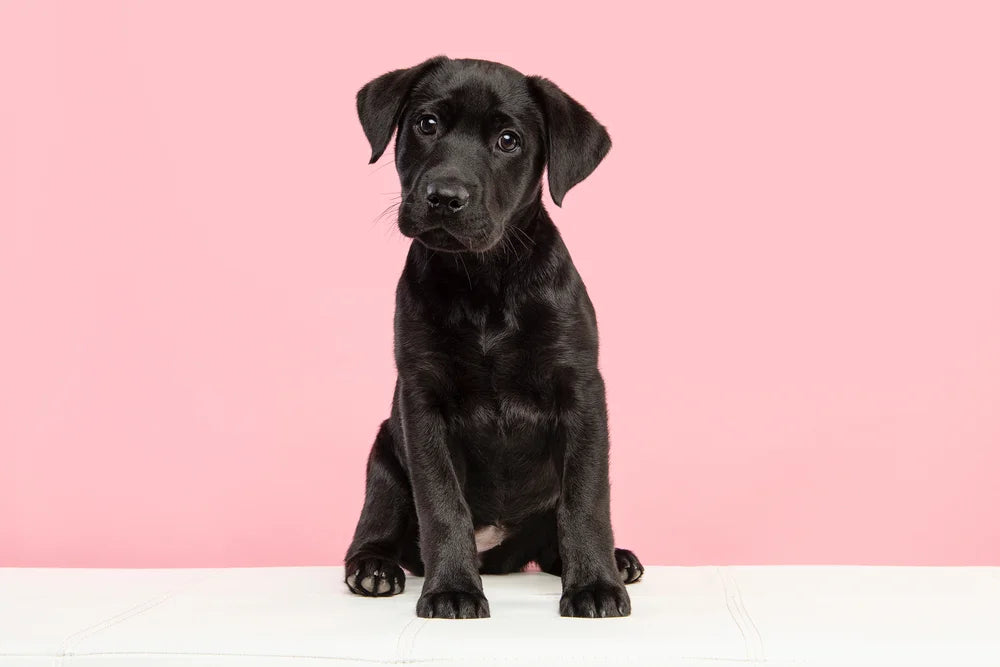
Dog scooting – Causes, treatments and when to see a vet
Is your dog scooting? This common but frustrating behaviour can be a worry, and sometimes, even a little bit embarrassing! If your dog is dragging their bum much more than usual, it could be a sign that something isn’t quite right. The good news is that many causes of dog scooting are easily treated or managed.
We’re going to look at some common reasons for scooting in dogs and when you should call your vet for advice.
What is scooting in dogs?
Scooting is the term we use to describe when a dog is sitting down and dragging their bottom on the ground. If a dog has an itchy bum or they’re feeling sore down below, then this can be the easiest way for them to relieve their discomfort.
Scooting in dogs is a common behaviour, and many dogs will do it from time to time. But if your canine companion is scooting much more often than usual, it can be a sign that there’s a problem.
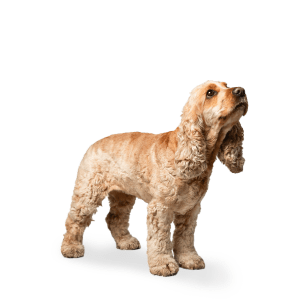
Why do dogs' scoot?
There are several reasons why a dog might scoot, including:
1. Something stuck near their bottom
If your dog is scooting, it might be something as simple as mud or faeces stuck near their bottom. Some dogs scoot after pooping for this reason. Your pet might be trying to dislodge the foreign material, so it is always sensible to check there’s not an obvious cause for their discomfort.
2. Full or blocked anal glands
One of the most common causes of scooting in dogs is blocked anal glands. All dogs have two small sacs, one on either side of their anus, that produce scent marking material. These should empty naturally when a dog passes stools.
However, in some cases, the anal glands don’t empty. This is often due to issues like soft stools, abnormal anal gland openings or obesity. When the anal glands don’t empty, they become uncomfortably full. Some dogs may need to have their glands manually expressed periodically by a vet, and in severe cases, surgery may be advised.
3. Anal gland infection
Anal gland infection is common in dogs with blocked anal glands. An abscess can form, causing pain and inflammation. Sometimes the abscess bursts, leaving a wound near their bottom. This condition is very painful and needs urgent veterinary treatment. Affected dogs will require antibiotics and anti-inflammatories, and some may need further intervention.
4. Parasites
Many people think that parasites are to blame for their dog scooting. This is actually a less common reason than some of the others on our list. Tapeworm infection is a possible, but uncommon, cause of scooting in dogs. Keep an eye out for small wriggling tapeworm segments near your dog’s anus or on their bedding.
5. Skin irritation
Itchy skin can cause dog scooting. This is most often seen in dogs with underlying allergies. Watch for other signs of allergies, such as generalised itchiness, paw licking, hair loss, and digestive upset.
6. Anal furunculosis
Anal furunculosis (or perianal fistulas) is a painful condition which causes ulceration of the anus. It is most common in German Shepherd dogs but can be seen in other breeds too. The exact cause is unclear, but it is thought to be an immune-mediated condition.
7. A lump
Lumps or tumours on the anus can irritate and lead to scooting. One of the most diagnosed anal tumours found in dogs is perianal adenoma. This benign tumour is often found in older entire male dogs.
Why is my puppy scooting?
Puppies can scoot for all the same reasons that an adult dog. However, they’re less likely to be affected by anal furunculosis or tumours.
My dog has been wormed, but is still scooting
If your dog has been wormed but is still scooting, then chances are worms weren’t the cause of their itchy bottom! Your vet needs to take a look to help you work out what’s going on.
How to stop scooting in dogs
If your dog is scooting excessively, and you have checked for obvious external issues, like foreign material stuck to their bottom, then you must take your dog to the vet.
Your vet will examine your dog carefully to work out the cause. This will usually involve an internal examination to feel their anal glands and express them if needed.
Once your vet has identified the likely cause of your dog’s scooting, they can make some treatment recommendations. This could include –
- Supporting their anal gland health through fibre (more on this below) and manual expression as needed
- Antibiotics and anti-inflammatories for an anal gland infection
- Worming treatments to rule out parasites
- Changes in diet or gut health support to address digestive disorders or allergies
- Surgery to take tissue samples, treat tumours or remove severely problematic anal glands
- Long-term medication for conditions like allergies or anal furunculosis
How to help your dog’s anal gland health
Some dogs never need their anal glands expressed, while others end up coming back time and time again.
In many cases, the vet will suggest increasing your pet’s fibre intake. This will help to create a bigger, bulkier stool, which will be better able to naturally express your dog’s anal glands as it is passed. Read our guide to the benefits of fibre for dogs.
The easiest way of increasing your pet’s fibre is through pet-safe supplements that support digestive health. A supplement that is also rich in probiotics can be useful for dogs that are prone to soft stools or digestive upsets. Supplements can be accurately measured out to ensure the correct levels of active ingredients and can be much more effective than just giving your dog a few extra veggies with their meal.
When to speak to your vet about scooting
Dog scooting is a normal behaviour that may be seen from time to time. But if your dog is scooting more than usual, or you’re noticing other signs like discomfort, bleeding, or loose stools, then you should speak to a vet. Once your vet has diagnosed the issue, they can suggest an appropriate treatment plan, which should help stop scooting in your dog, making them feel much more comfortable down below!
